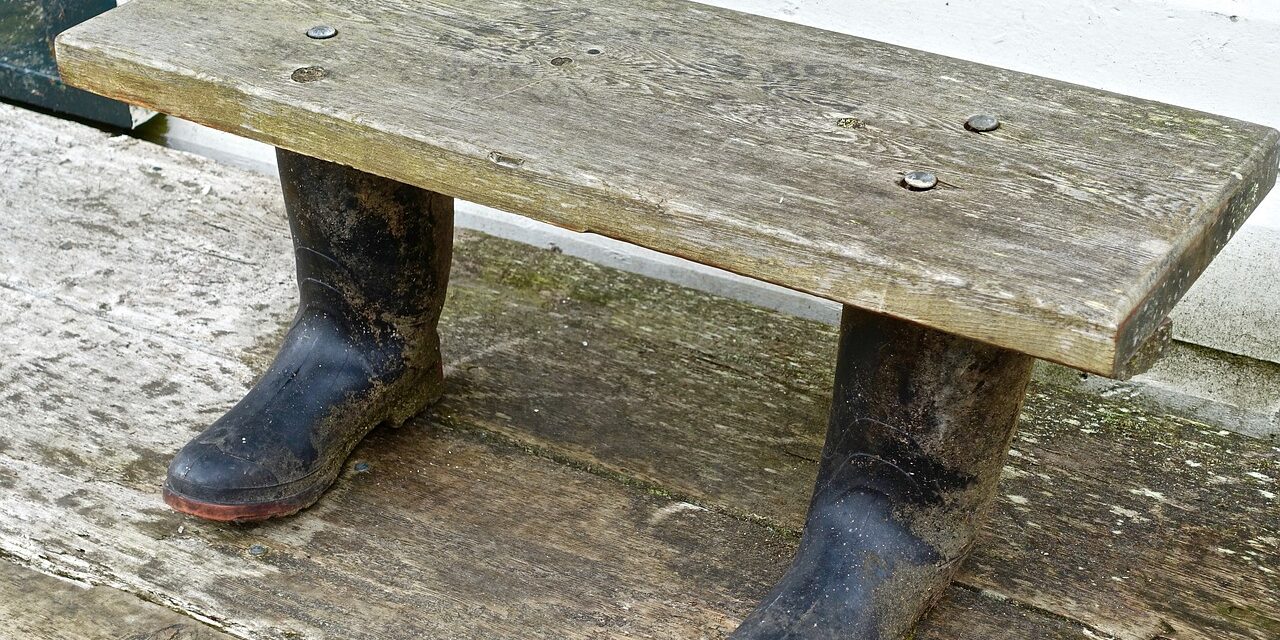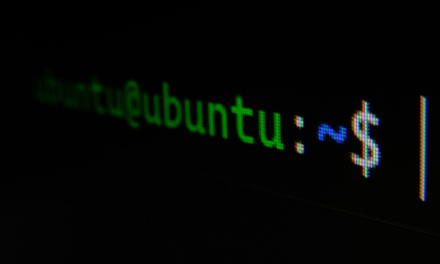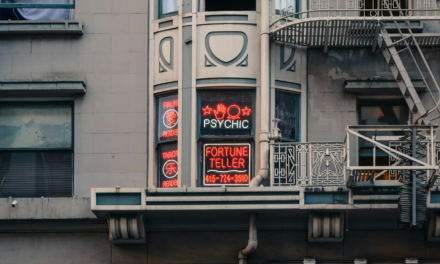Ah, it’s April Fool’s Day!
The mischievously magical day when we all play practical jokes on our friends and family without fear of retribution. But how did this delightful day of hoaxes and pranks come into existence? Well, my dear reader, buckle up for an exciting escapade as we uncover this well-loved tradition’s fascinating history.
Table of Contents
A Calendar Conundrum: The Gregorian Shift
Travel back to 16th-century France, where our story starts with a significant calendar overhaul.
In 1582, Pope Gregory XIII introduced the updated Gregorian calendar to replace the outdated Julian calendar. This reform moved the start of the new year from April 1st to January 1st. However, not everyone got the memo.
Some folks continued celebrating the new year on April 1st, oblivious to the change. Others, well aware of the new calendar, played tricks on the uninformed by sending them on fool’s errands and making them believe false tales. And so, it’s believed April Fool’s Day was born.
A Romp through Roman Festivals: Hilaria and Saturnalia
But wait! Our journey continues. Rewind to ancient Rome, and you’ll find two festivals that might have inspired April Fool’s Day.
First, we have Hilaria, a spring festival celebrated on March 25th. Romans would dress up in disguises during this merry event, play games, and enjoy general merriment. Sound familiar?
Next, we have Saturnalia, a mid-December festival honoring the god Saturn. This week-long celebration was marked by role reversals, where masters would serve their slaves, and social norms were temporarily suspended. Pranks and jokes were abundant, making it a possible precursor to our modern-day mischief.
A Medieval Marvel: The Feast of Fools
Fast forward to the Middle Ages, and you’ll find yet another candidate for the origins of April Fool’s Day. The Feast of Fools was a medieval European tradition held around January 1st when festivities often got out of hand.
During this boisterous event, lower-ranking clergy and laypeople would don bizarre costumes and take part in eccentric antics, such as electing a “Lord of Misrule” who would preside over the festivities. The church eventually condemned and suppressed the Feast of Fools, but some speculate that its spirit lived on in the form of April Fool’s Day.
A Potpourri of Pranks: Worldwide Celebrations
April Fool’s Day isn’t just a Western phenomenon. Cultures around the globe have their unique ways of celebrating this day of jest.
In Scotland, for instance, the holiday is called Huntigowk Day, and the pranksters are known as “gowks” (fools). The celebration spans two days, with the first day focusing on jokes involving sending people on foolish errands and the second day, “Taily Day,” involving pranks related to the posterior (think whoopee cushions and the like).
Meanwhile, in India, the festival of Holi, celebrated in March, includes a day of good-natured pranks and general tomfoolery.
The Punchline: A Playful Conclusion
There you have it!
While the exact origins of April Fool’s Day remain in mystery, one thing is clear: people have enjoyed jokes, pranks, and general silliness for centuries across cultures and eras. At our core, we all love laughter and light-hearted fun.
Modern Mischief: Evolution of April Fool’s Day Pranks
As we’ve seen, the spirit of April Fool’s Day has been with us for ages. But how have the pranks themselves changed over time? Let’s explore some of the most notorious tricks from recent history.
In 1957, the BBC aired a now-infamous segment about Swiss farmers harvesting spaghetti from trees. Many viewers believed the hoax and even contacted the BBC for instructions on growing their spaghetti trees.
In 1996, fast-food giant Taco Bell announced they had purchased the Liberty Bell, a cherished symbol of American independence, and renamed it the “Taco Liberty Bell.” The stunt stirred, prompting thousands of concerned citizens to call in and express their outrage, only to discover it was a clever April Fool’s prank.
Embracing the Fool in All of Us: The Lasting Appeal of April Fool’s Day
The fact that April Fool’s Day thrives in our modern world speaks to our lives’ enduring appeal of humor and playfulness. From ancient Roman festivals to mischievous medieval feasts and elaborate modern hoaxes, the desire to share laughter and poke fun at each other transcends time and culture.
So, why do we love April Fool’s Day so much? It’s the opportunity to break free from the seriousness of everyday life, to revel in the absurd, and to remind ourselves not to take everything at face value. After all, who couldn’t use a bit more laughter?
Fool’s Finale: A Thought-Provoking Send-Off
As our journey through the mysterious origins of April Fool’s Day ends, let’s take a moment to ponder some thought-provoking questions.
What do you think it is about humor and pranks that unites people across cultures and periods? How have your experiences of April Fool’s Day evolved as you’ve grown older? And what creative pranks do you have up your sleeve for the next April 1st?
No matter the answers, one thing is certain: as long as we continue to cherish laughter and merriment, April Fool’s Day will remain a beloved tradition for years.
Happy pranking!





